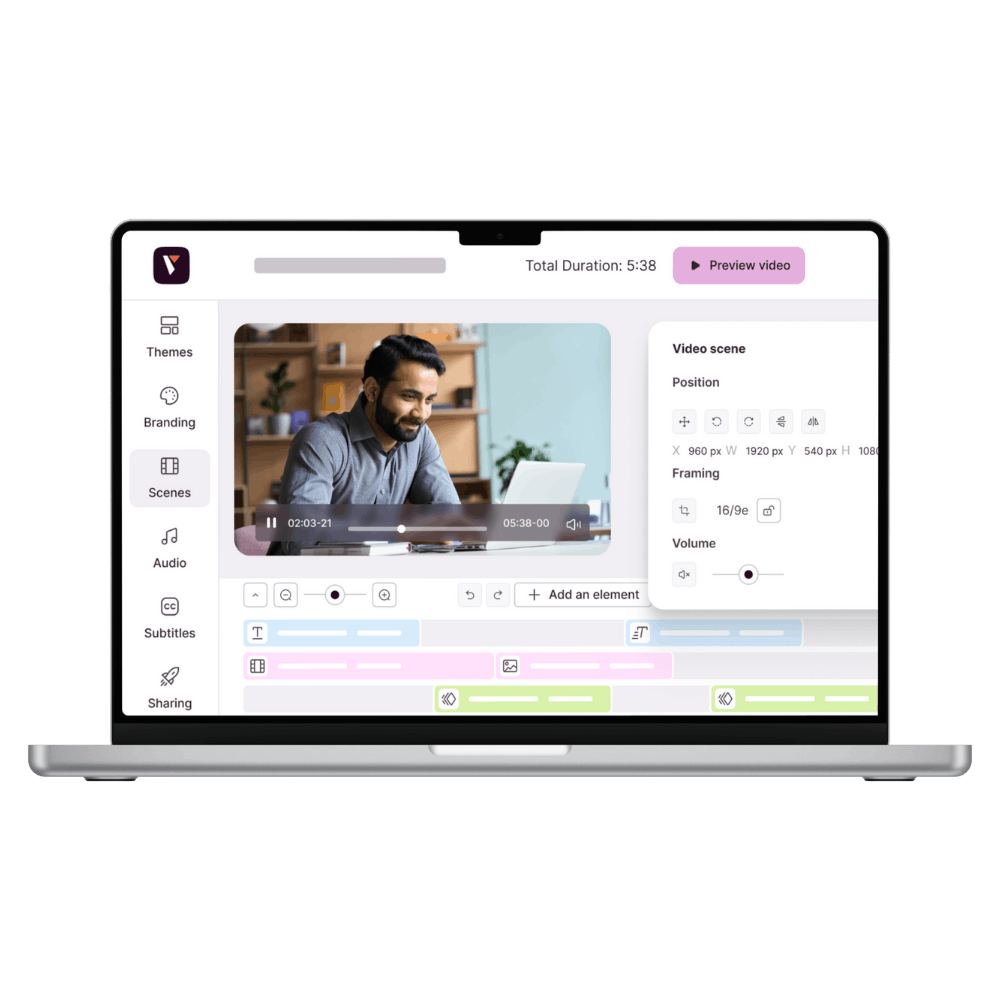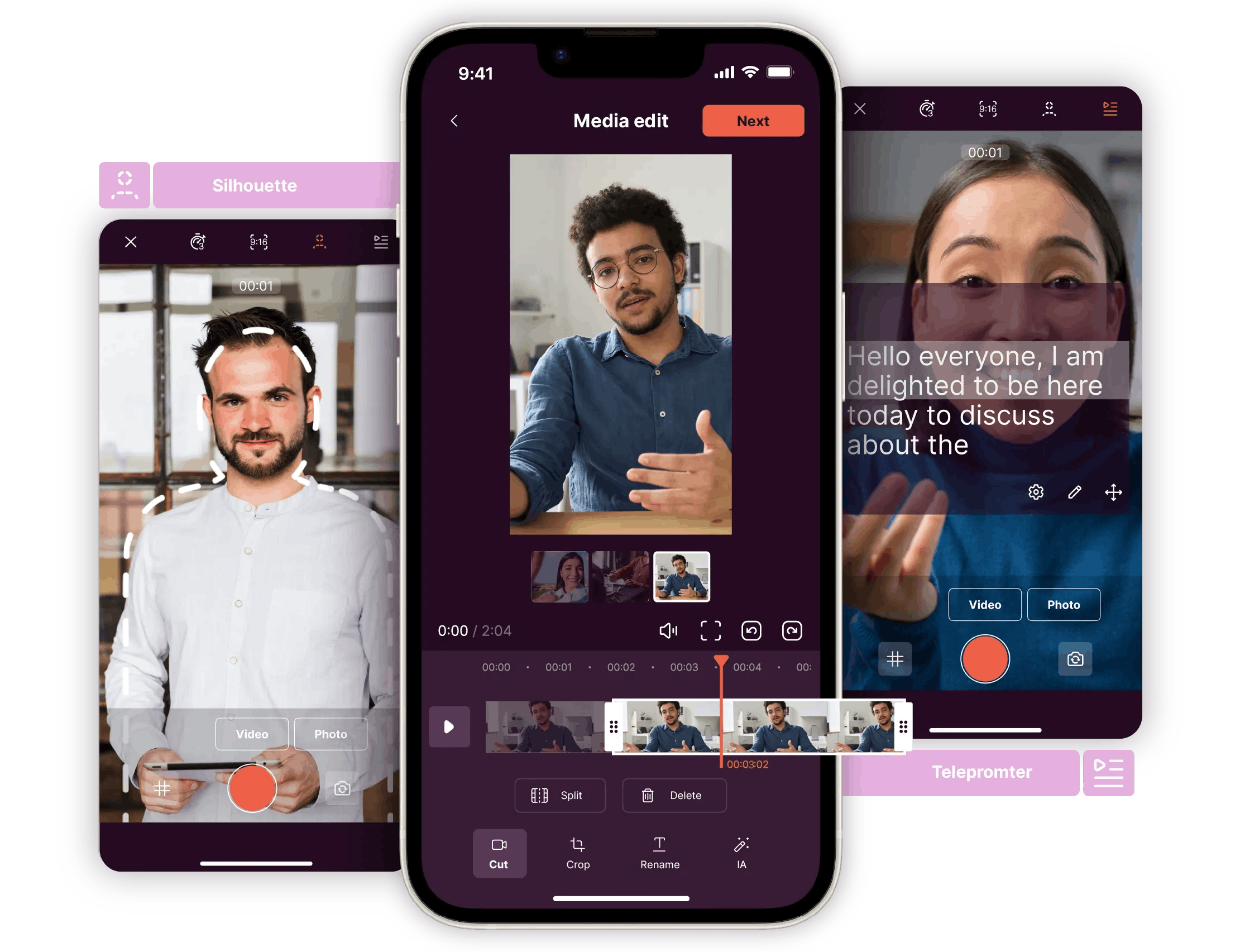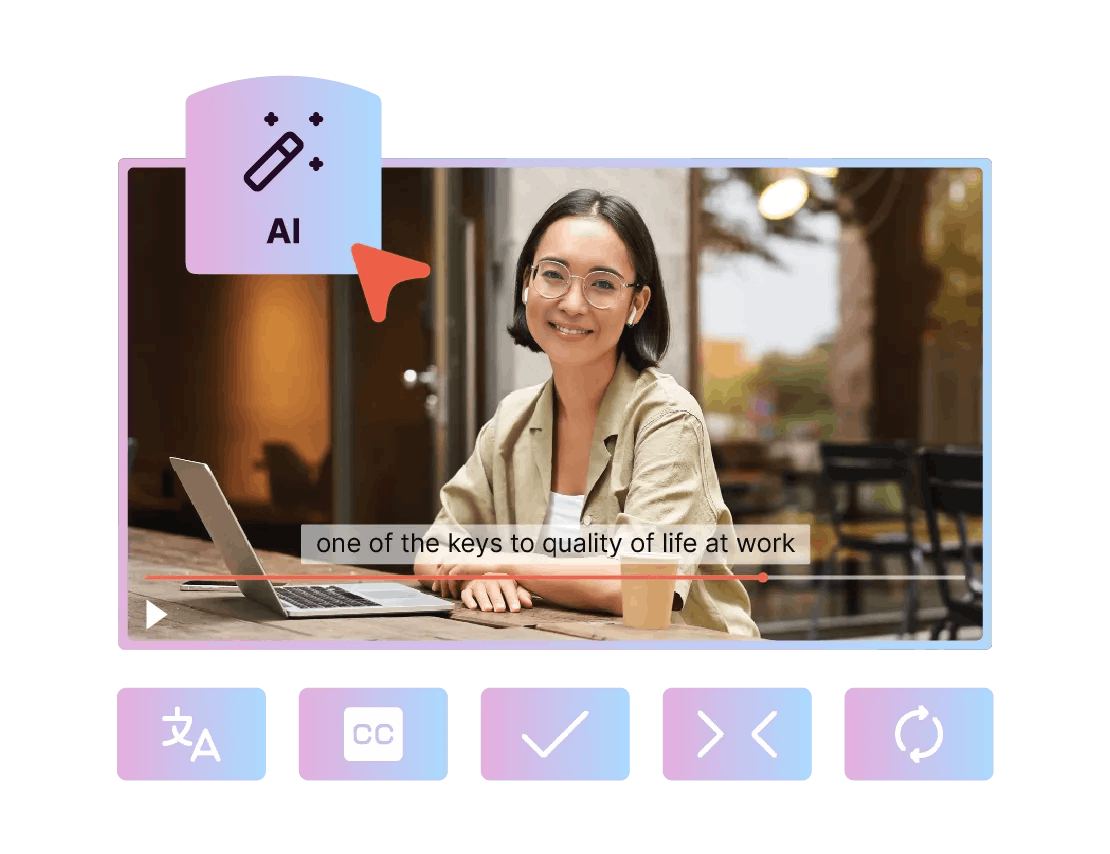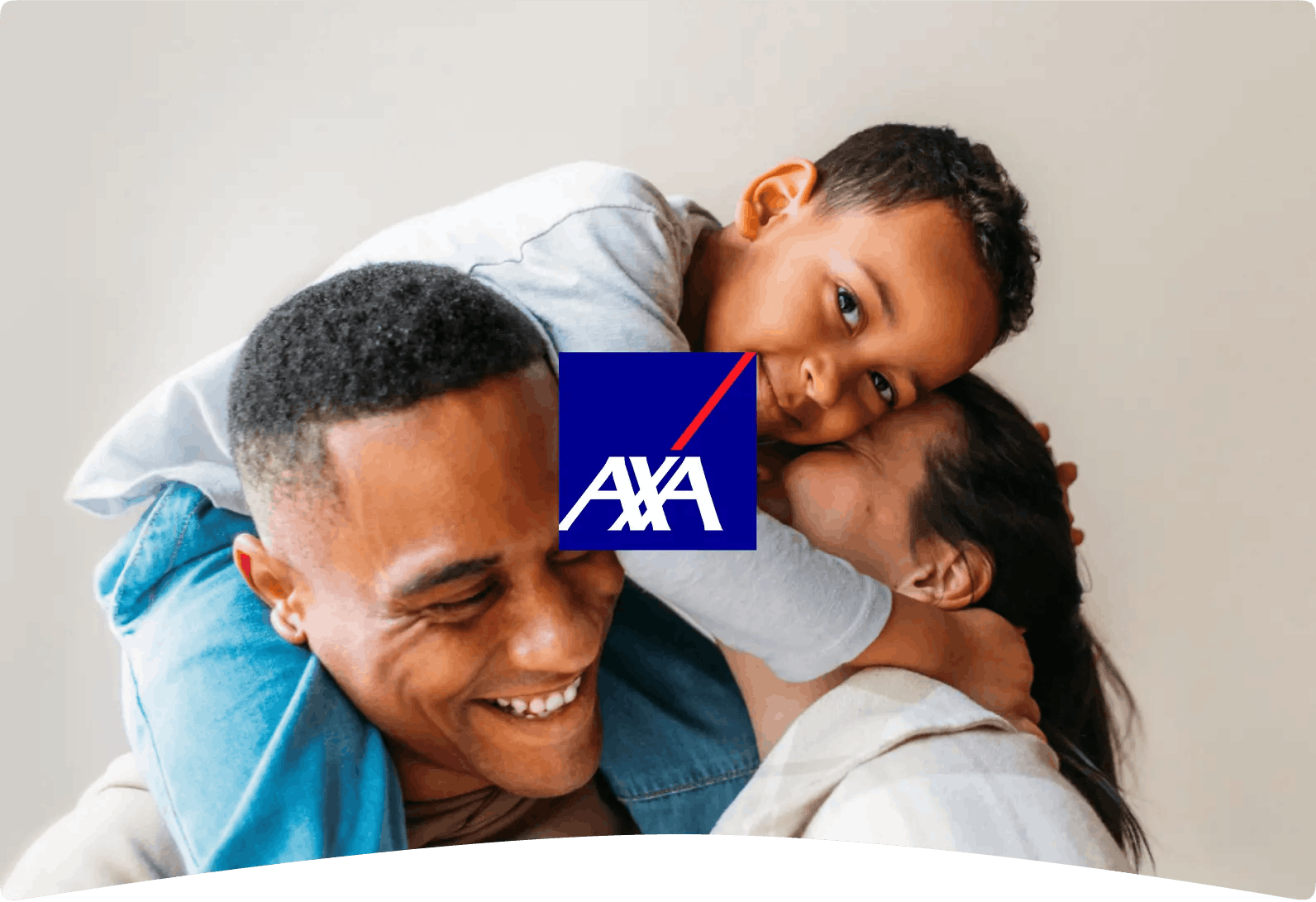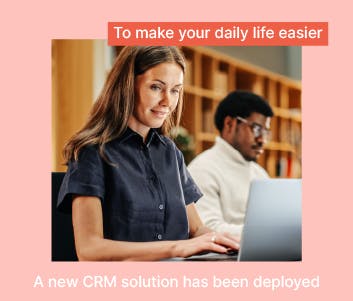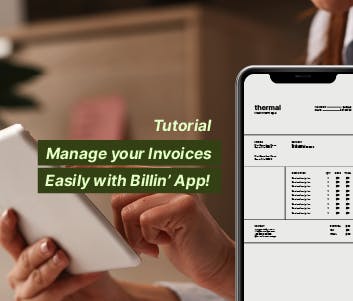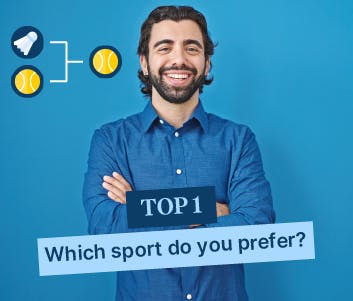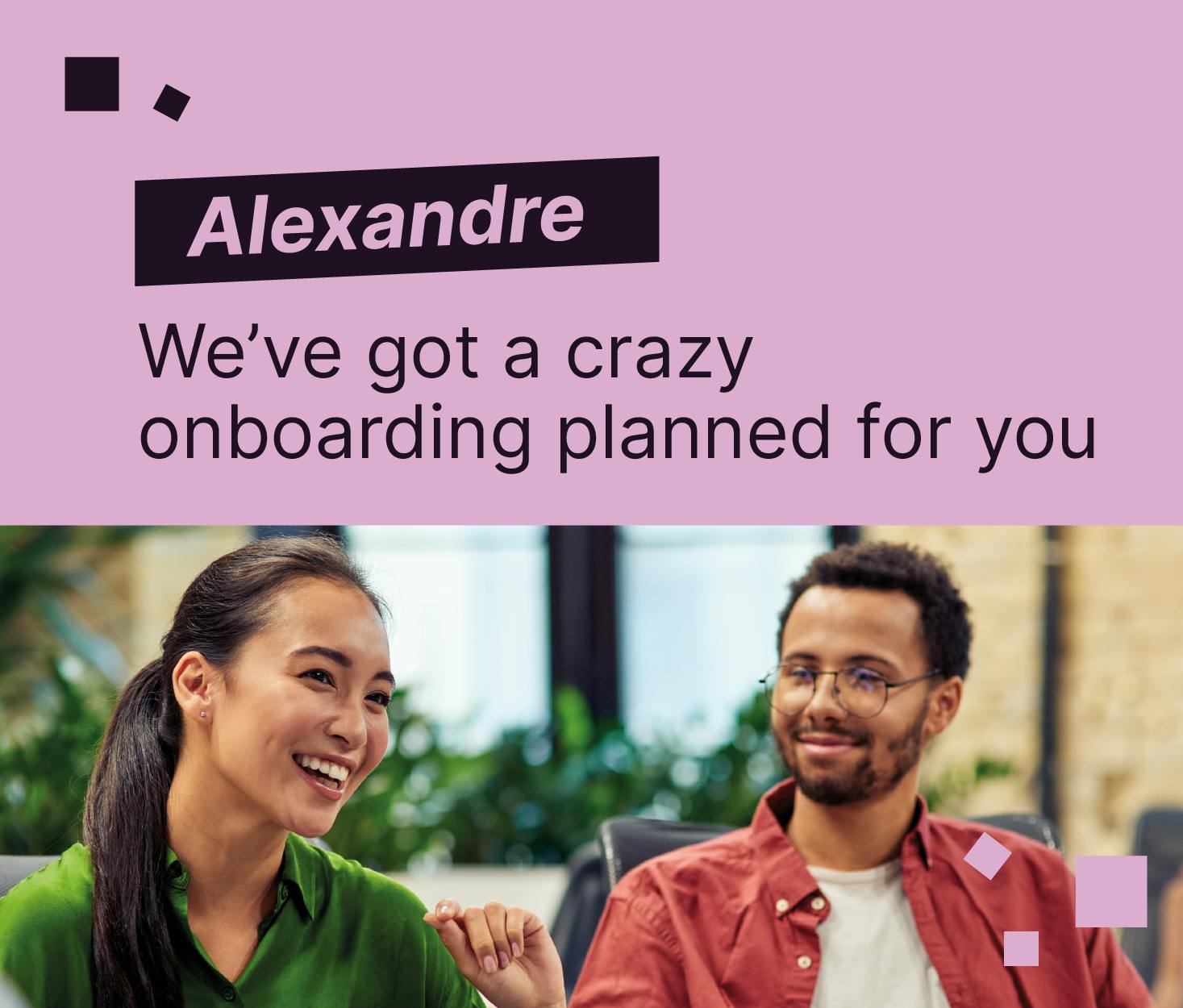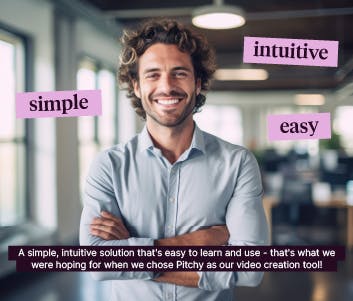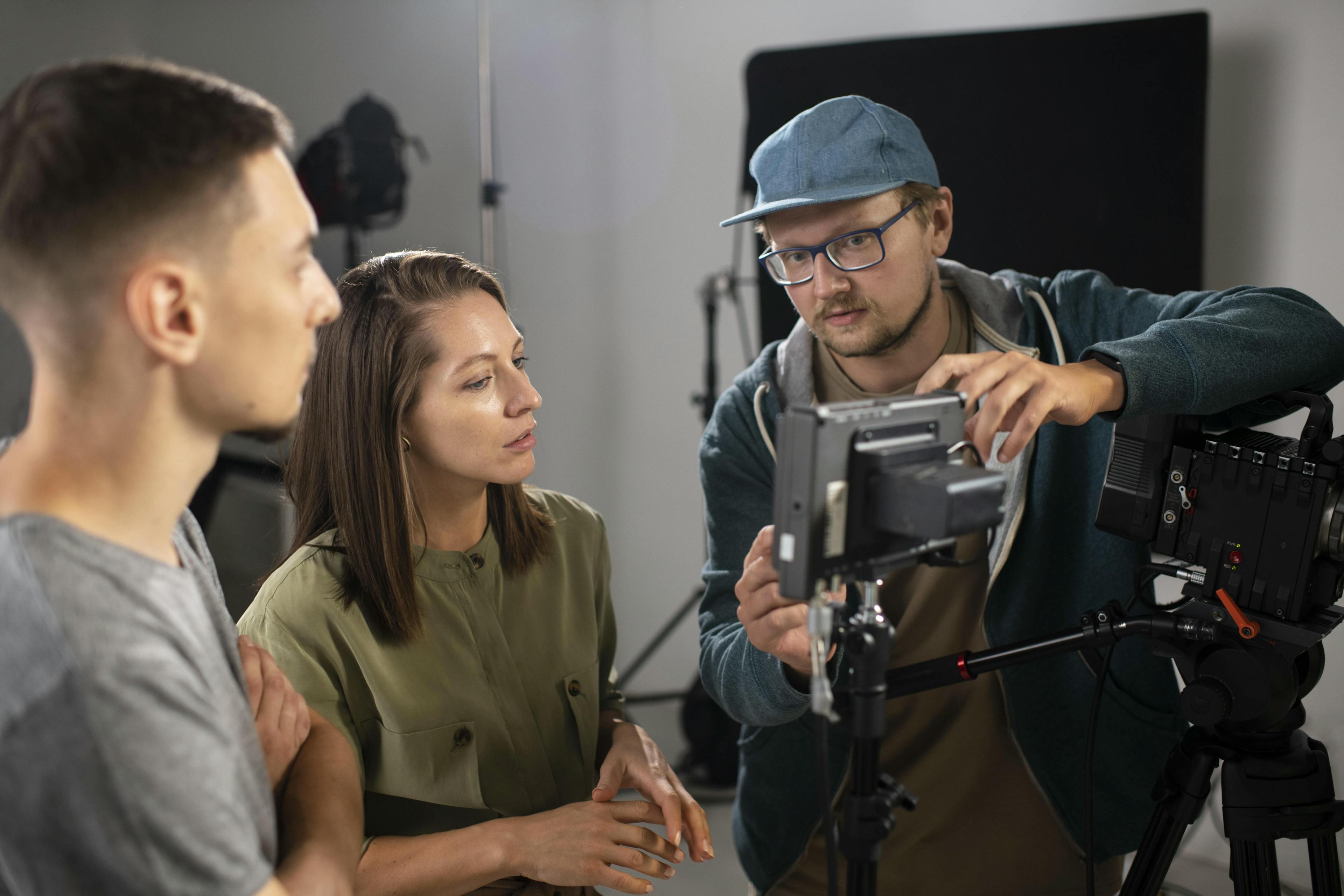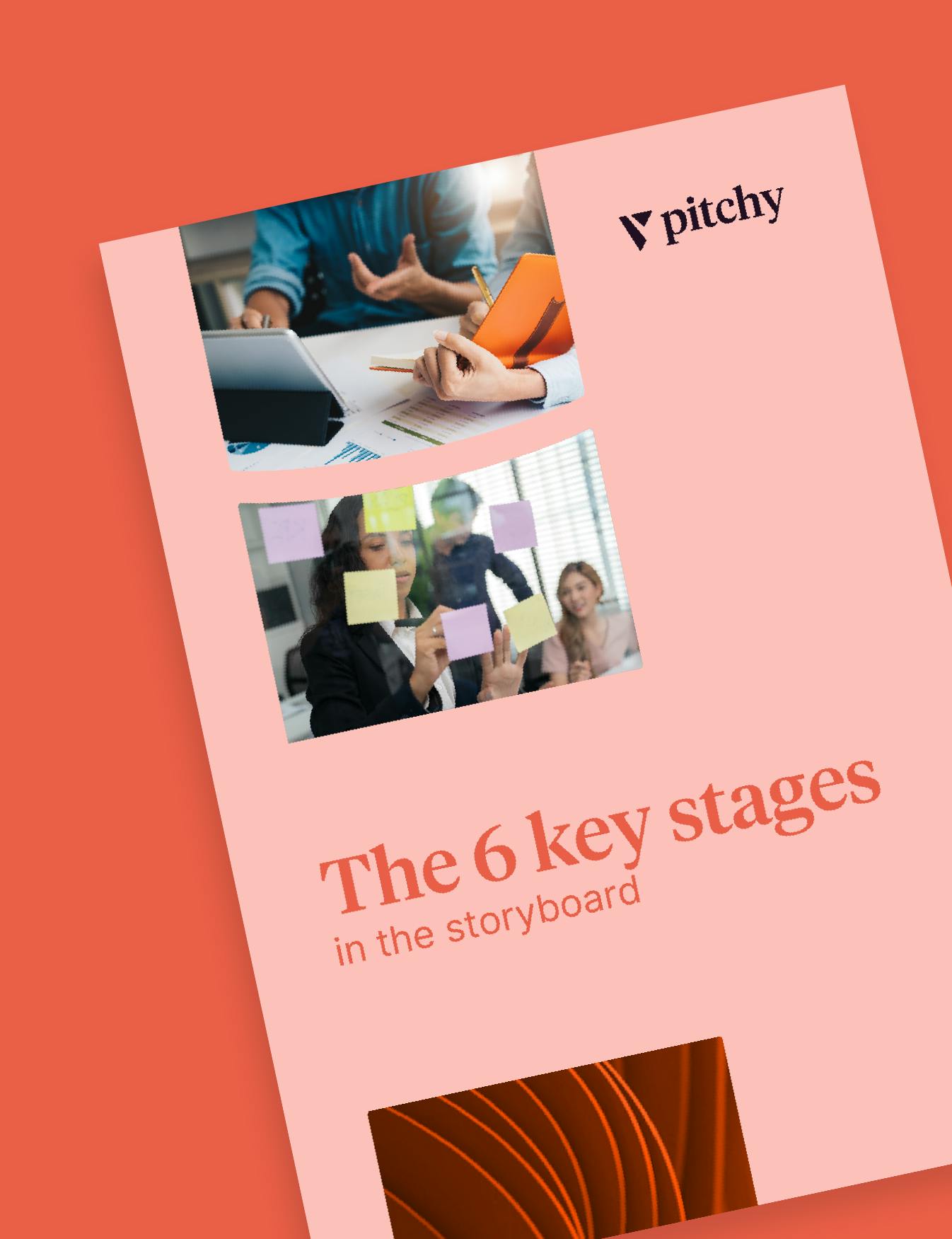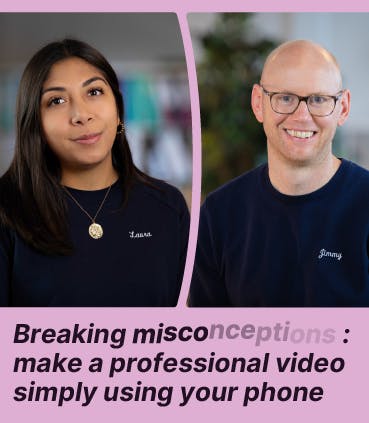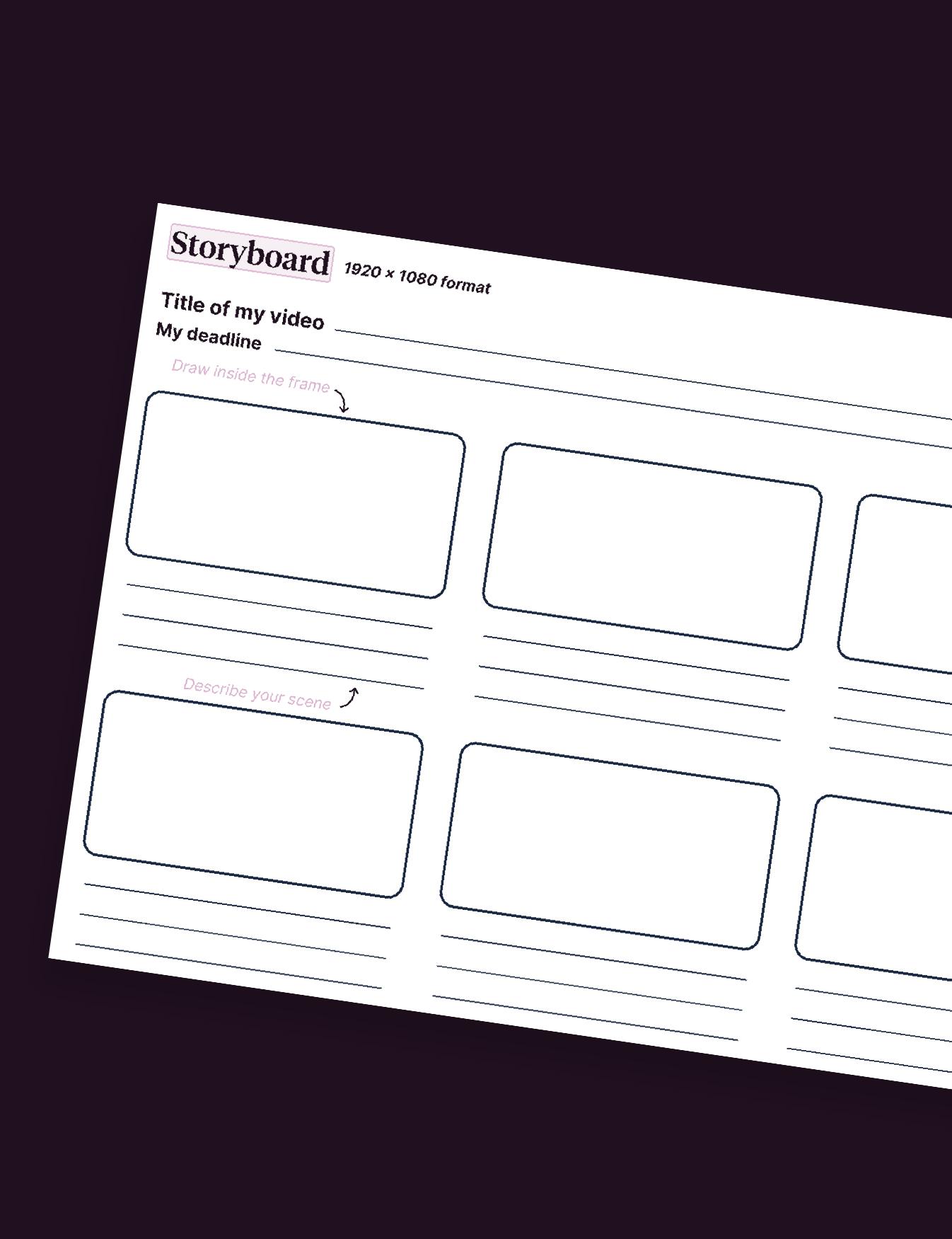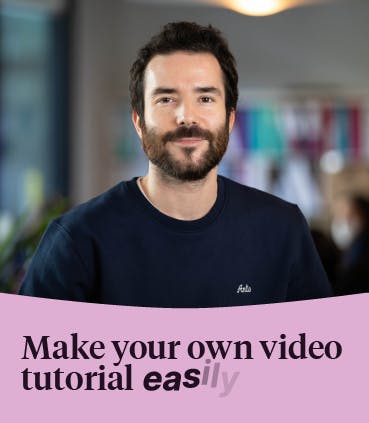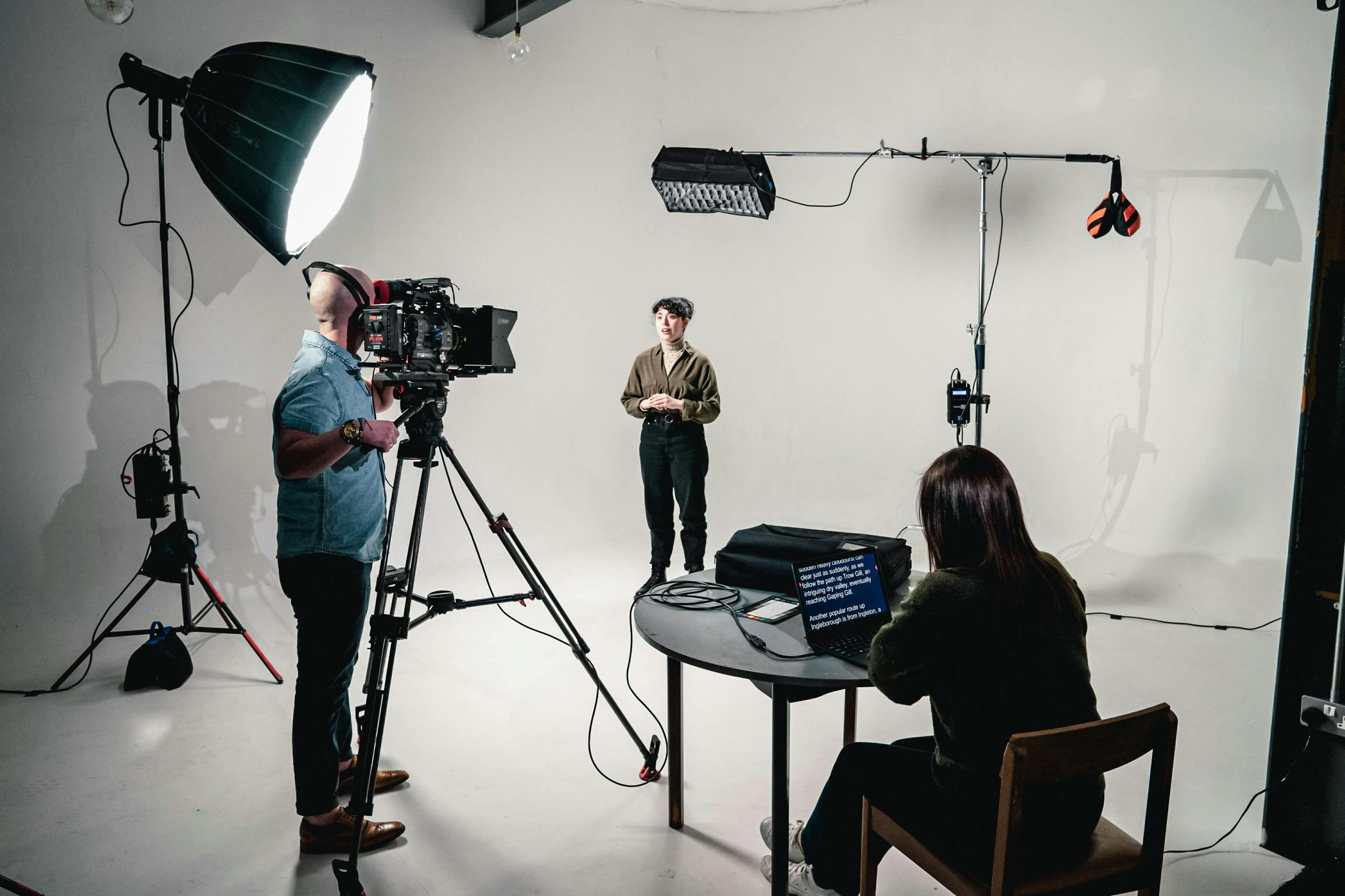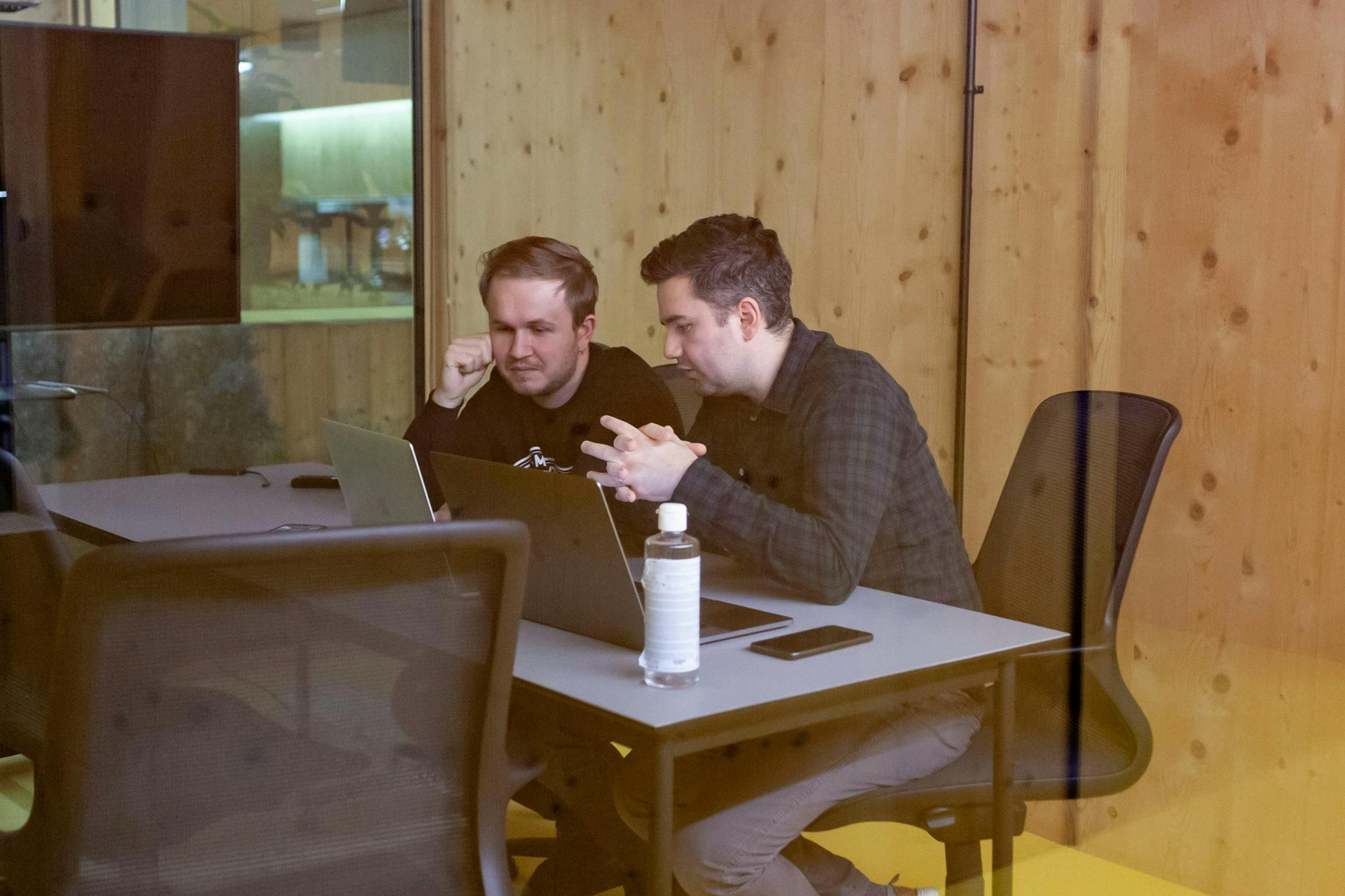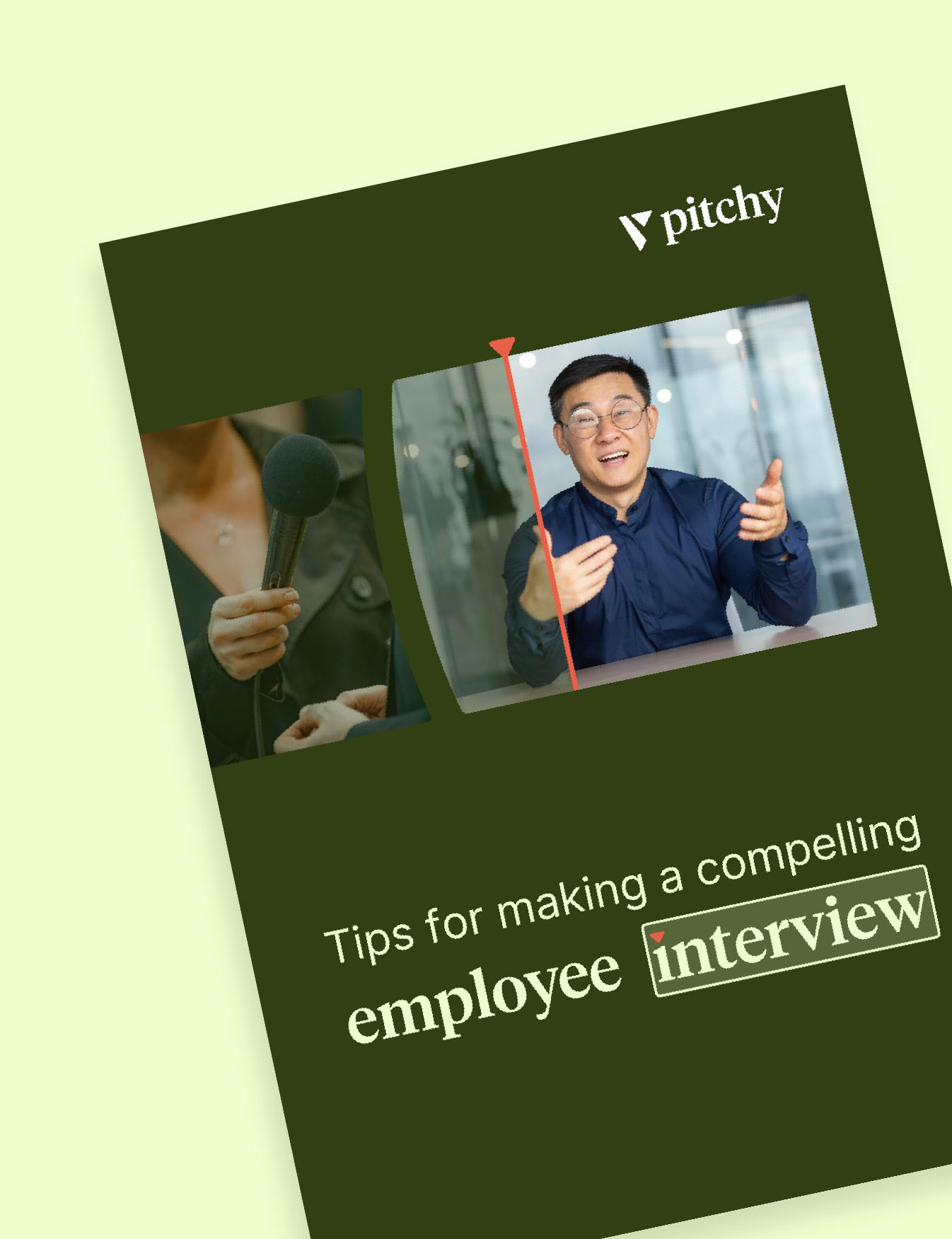Video Interview: The Complete Guide to Social Media Format
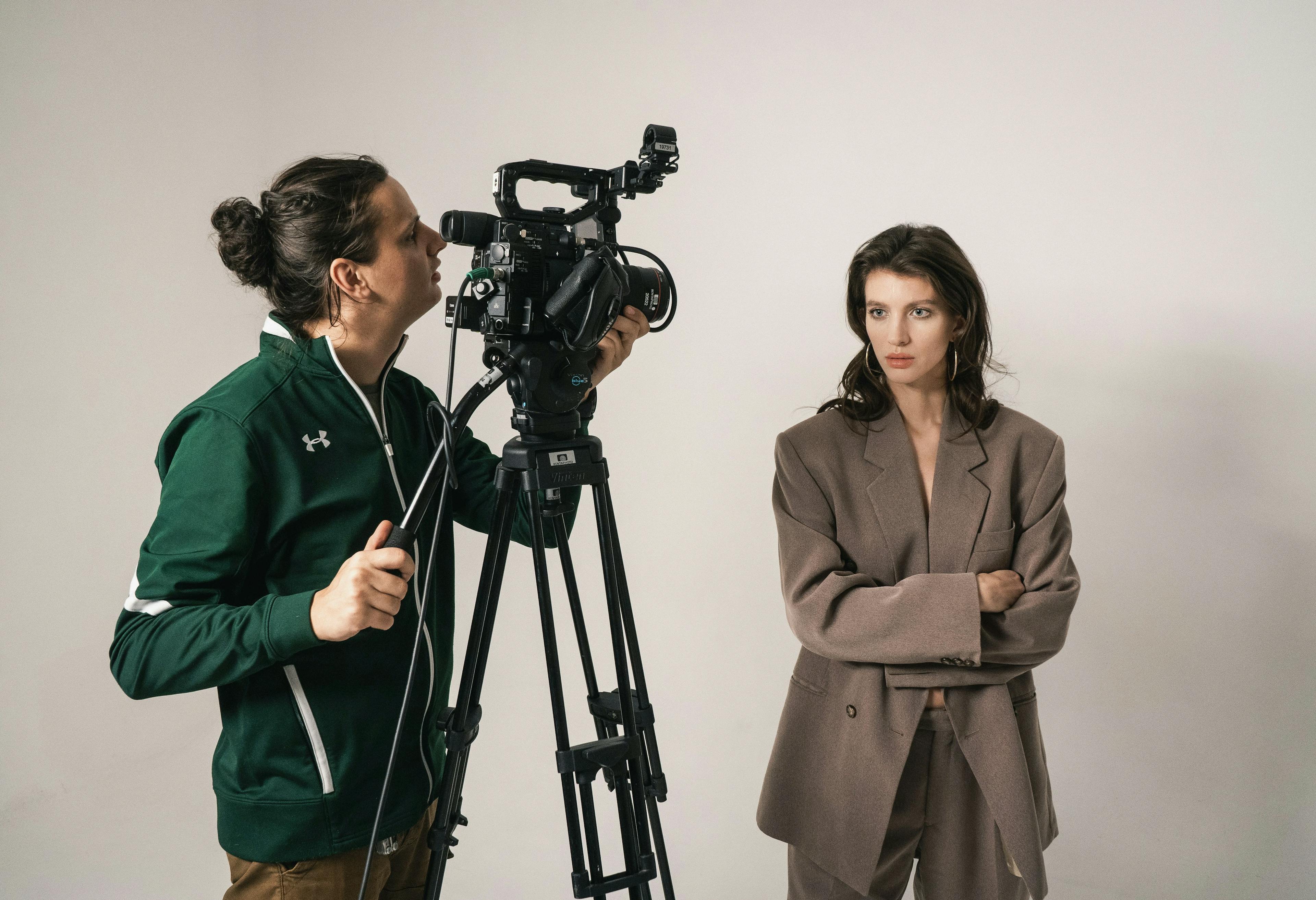
🎬 Quick Summary | 🕓 Updated October 14, 2025
🎯 Goal of this article: to provide a complete guide on choosing the right social media format for your video interviews, helping your brand boost image and reach.
🧰 What you’ll learn: how each platform works, which post format (square, vertical, or landscape) fits best, and how to adapt your video to get maximum visibility.
✅ Bonus: practical tips on editing, examples of successful corporate interviews, and tricks to strengthen engagement while maintaining a professional image.
👥 Who is it for? Marketing teams, HR managers, communication specialists, and anyone who wants to post the right content on the right platform to build brand authority.
It’s true that if you want to create engagement, visibility and interaction techniques on your various channels, you might as well create video content that is out of the ordinary, both for your networks and for your blog.
We are in the age of the all-video: it is the most consulted content because it is the most quickly assimilated. But in the midst of this sea of videos, you’ll have to stand out, because you’re not the only one who wants to post interviews with your employees or managers. Do not hesitate to check out our other blog articles regarding interview videos.
Here are some key tips, information and advice before you do anything. With our short guide to original corporate interviews, we look to help you include them in your communication strategy for your business. And you don’t need to be a studio to produce great stuff, much better than a Skype meeting, with higher quality.
Today with an easy-to-use online video editor, you can have a professional result, and anyone in your company can use this kind of video maker, designed for beginners. Read our previous article about how to choose the right video maker for your teams for more information.
What are the advantages of conducting a company video interview in a social media format?
An engaging video interview gives a human and authentic face to your business. Featuring co-founders breaks down barriers with prospects and customers, while employees can speak legitimately about your values and projects. Future candidates benefit as well: they appreciate honest feedback, form their own opinion, and put faces to the people they may soon work with.
One of the biggest advantages is the simplicity of production. You don’t need a studio setup, just a proper camera, a lapel microphone, or even a smartphone in selfie mode. This accessibility ensures anyone can create a professional result, even with limited video production experience.
Unlike a traditional corporate film, the question-and-answer dynamic makes interview videos more spontaneous, shorter, and easier to adapt across social media platforms. Integrated into your strategy, they help generate leads, attract prospects, and strengthen your employer brand.
For example, on LinkedIn, videos under 60 seconds retain ~87% of their viewers on average, showing how important it is to keep interviews concise and valuable.
Key benefits of using a social media format for interviews:
- Easy to post on platforms like Facebook, Instagram, LinkedIn, and Stories, reaching audiences where they are most active.
- Optimized square or vertical display ensures the best view on mobile, where most users consume content.
- Recommended shorter formats help keep attention and maximize engagement.
- Accessibility features such as subtitles help improve reach and ensure maximum impact across audiences.
- Consistent design and branding reinforce your corporate image while adapting to the supported formats of each platform.
What types of video interviews and social media format best showcase corporate culture?
The Konbini Fast & Curious: a short and effective format for corporate content
This is the type of video that made Konbini famous. This format, known as "Fast & Curious", features a short intro and outro followed by 10 to 15 rapid-fire, close-ended questions in a dilemma style. This type of interview is very simple to produce, no need to brief the employees beforehand, the point is to be fast and spontaneous.
This is an effective format for showcasing both a job and an employee's personality, all in a quick and engaging clip.
The Fast Life: to bring out personalities during recruitment
Fast Life is another one of the viral formats created by Konbini. With regard to the script, it is not very different from “Fast & Curious,” except that you ask open questions. “Fast Life” focuses on the personal tastes and major life stages of the interviewee.
How do you draw inspiration from this format? “Fast Life” can be adapted to ask questions about the professional background of your employees. This video will highlight your recruitment policy and profile diversity. It is a customized format for showing the diversification of your recruitment and to avoid “cloning.”
'One minute with..', 'the 3QAs', or 'The Clash of Jobs': engaging formats to showcase your corporate culture
The “3QAs,” “clash of jobs” or “One minute with” are short and fun formats that should be filmed as a video meeting.
We thus advise you to ask the same questions to the various speakers. This compilation can therefore include a series of interviews with employees of the same department to describe the work environment and methods. You can also choose to interview employees from different areas to reflect the work environment in the company.
The “clash of jobs” video shows two people with differing points of view on the same job. This type of interview is a good practice implemented in particular by Welcome to the Jungle, a platform and recruitment medium that posts interviews on the key functions of recruiting companies. It is an effective way of presenting your company, its employees and services differently.
The mobile or contextualised interview: to highlight your work environment and your employees
A rather traditional question-answer format is used for the script. The originality of this format lies in the core idea of highlighting your employees, your department and your work environment at the same time. It can be in the form of a trendy “Camera Café” in your lounge area or office. Or an interview that showcases your product.
One of the most famous examples of contextualised interviews is the video of “Simone,” an official spokesperson of the SNCF, whose interview takes place in the first class area of a TGV (high-speed train). It is also useful for product placement in employer brand videos!
Brut-style interviews: top-tier production for special occasions
Brut is a viral medium that only broadcasts video on social networks and provides meticulous interview formats. With a duration of 3 to 5 minutes, this journalistic format is a formidable format in terms of production. Brut films the interviewee by zooming in and out throughout the duration of the shoot.
This trick can be used to provide alternating shots (medium shots and close-ups) without working on transitions while providing close-ups of the face during the interviewee’s responses to better capture emotions.
These videos are consistently subtitled and include a set of keywords that contextualise the answers. They also use shots of illustrations to build on the interviewee’s responses. In addition, the volume of the music in the video changes according to the different shots, creating an atmosphere that is appropriate to what is said in the interview. This type of interview can be used, among other things, for management announcements.
The long QA (Question-Answer), ideal for virtual management interviews
Long QAs can last for up to 20 minutes. This format is similar to journalistic formats used for celebrity testimonials. Keep in mind that 20 minutes is a very long time for a video. The questions must therefore be used to draw out new, valuable information.
Production questions are a classic format based on a fixed shot of your employee, livened up by filmed or animated illustrations, with an intro and outro. The originality of the format lies in the preparation of the script. The idea is to have all the questions answered without the interviewee having viewed them beforehand.
The interview thus makes it possible to deliver transparent and sincere content. This is one of the preferred formats for spreading a corporate message on a large scale.
The GRWM (get ready with me) video : for a peek into the lives of employees
A making-of type of video with a hand-held camera (don’t forget your stabiliser!). This video format is used to show YouTubers getting ready for their day. The format is ideal for describing the tasks and job of an employee. Or for promoting the work of a manager.
One example is the work of communication professional Isalou Beaudet-Regen who went even further by making videos of managers from the time they wake up, called "morning magic".
What interview questions should you ask new recruits in a social media format?
When welcoming or recruiting, avoid trivial questions and focus on those that provide real value to both the candidate and your audience. Mixing professional and personal angles helps keep the tone light while still delivering meaningful insights.
Professional questions that highlight skills and career path:
- What are your reasons for applying?
- What is your job in three words?
- What is your background and experience?
- Where did you study or work previously?
- What department do you work in?
- How would you like to develop in this role?
- What main factors convinced you to join our business?
- If you had to describe the company in a few words, what would they be?
- What are your main challenges?
- What do you expect from this new professional adventure?
- How do you see yourself in five years?
- What’s the biggest accomplishment you want to share with our audience?
- What message would you like to give future recruits?
- What do you feel about our business culture?
Personal questions that show personality and values:
- What makes you get up in the morning?
- What is your motto or philosophy?
- If you had to choose a mentor, who would it be?
- When was the last time you laughed a lot?
- What’s your favourite movie quote or film?
- What is your pet peeve?
- Among your skills, what is your hidden talent?
- If you had to take three things to a deserted island, what would you choose?
- Out of 10, how would you rate the reception in our company?
- What has been your best moment since you arrived?
What are the best social media formats to interview your managers?
Interviewing managers and co-founders adds transparency, helps break down the perception of formality, and builds trust with both candidates and customers. When leaders share their journey, they give your brand a more engaging and authentic image.
If your company has several founders, interviewing them together can create natural interaction and energy. To guide the conversation, it’s best to mix core storytelling questions with lighter quick-fire ones.
Core questions that highlight vision and leadership:
- How did you meet and create the organisation?
- What inspired the business concept or tool?
- If you had to describe the brand in three words, what would they be?
- What challenges or obstacles did you face along the way?
- Any failures that taught you valuable lessons?
- What qualities do you seek in new recruits?
- What are your plans for the next five years?
Questions that show transparency and authenticity:
- What do you think of having doubts as an entrepreneur?
- What has management taught you personally?
- What career opportunities are available to candidates?
- What advice would you give to future recruits watching this video?
Quick-fire “social media format” questions to add dynamism:
- Being in the field or in the office?
- Work or politics?
- Formal or informal?
- Vertical or horizontal organisation?
- Idealistic or optimistic?
#1 Job battle video interview
The idea of this type of corporate interview is to imagine a sort of virtual confrontation between two people who have the same job, but in two different companies.
The aim is to get their different responses on a number of interview questions: What is your training? What qualities are essential for this job? Your greatest challenges? Your job in a few figures? The question you are most often asked?
#2 Informal interview of managers
Depending on the image you wish to project of your corporation and its management to future recruits and customers, it is important to humanise the leaders (or entrepreneurial co-founders: in short, the decision-makers). Indeed, making them appear more human to their teams will also allow you to decentralise the image of the leader, the boss, and the action of leading externally.
The main objective of this type of interview is to immerse oneself in their lives without being too inquisitive. For example, the interviewer may ask the following questions to the interviewees:
- What kind of music do you listen to in the morning?
- What are your favourite activities?
- What are your qualities and shortcomings?
- What do the paintings that hang in your office mean to you? Which one are you particularly attached to?
#3 Informal employee video interview
After your managers, why not have the same interview subject with your internal teams? In this way, candidates who wish to apply to your company will have the opportunity to discover the future people with whom they will be working with.
By watching your video, you will allow them to look at their future colleagues in a more human, less professional way, and to evaluate possible chemistry. Here again, for the set of questions, feel free to be creative.
These are more open-ended questions.
Referring back to childhood always has an astonishing effect. Indeed, as children, you may find that your employees wanted to do something else and shared their stories about their dreams. In this type of interview, the audience is also curious about:
- The identity of the organisation?
- The history of recruitment?
- What is the job? Which department? Accounting? Legal? Treasury?
- The main mission?
- The background of the interviewee? His/her career path?
- How does he/she evaluate his/her performance?
- A typical day? Your typical week?
- The 3 necessary qualities?
- A passion in life? A favourite actor? A favourite actress?
- A favourite sport?
- A club that the person supports?
- A new process he/she wants to try in their position?
#4 The Express Employee Interview
The Express Interview can combine elements of the dilemma interview with those of the Offbeat Collaborator Interview. This means that you can present dilemmas and questions that require slightly more extensive answers, all in a shorter video time than the offbeat interview.
How about making it yourself, as an expert? Do you want to start making videos by interviewing your employees or managers with a simple web solution? You can use a device, an easy platform on your laptop, or even on your mobile phone, to make a great interview for organisations. When you shoot your interview with your smartphone or your webcam, while recording, be careful about sound and audio effects (distractions from the surrouding) and lighting in your office, to avoid future technical difficulties.
Once your video interview, whether of your employees or your managers, has been edited and finalised (lighting, background, highlighted goals, transitions, microphone, graphic charter, highlighted keywords, etc.), it must be broadcast to measure its impact on your audience. Social networks remain the reference channel for reaching a maximum number of people, especially your subscribers, who are sensitive to your themes, otherwise they would not follow you.
But as you can imagine, social networks are not identical, and do not address the same target, the same type of viewer. Tik Tok remains THE social network for young people, for those under 25. On the other hand, if you have a more B2B target, LinkedIn is the one to use.
And depending on the social network chosen, the format of the video will vary. Here are some tips, for better practice.
What is the best social media format for video interviews on different platforms?
Video interviews on Facebook
You can receive all kinds of information on Facebook: news, if you follow the press, sponsored commercial posts, ads, posts from friends, etc… It’s up to you to make your way through this tide of information.
According to a study carried out by Emarketer, since 2017, the average time spent on Facebook on a daily basis has tended to fall, particularly among younger people, to reach an average of 37 minutes of video consumption in 2020, with a video not exceeding 3 minutes in order to be sufficiently referenced.
In addition to attracting attention quickly, it will be necessary to include subtitles, as the video will tend to start automatically, without sound. And give importance to the beginning of your video, to the intro video, to catch the attention in less than 3 seconds, as it is the rule.
For a classic post of your interview
- If you choose the portrait format: 9:16 , 720 x 1280px. To get the best result with this format, think of filming the interview with an American shot, i.e. from the head to the hips. Ideally, the interviewee should be close enough.
- If you choose the landscape format (horizontal phone), used by default on Youtube: 16:9, 1280 x 720px.
To include your interview in sponsored content
- If you choose a square format (preferred for sponsored content): 600 x 600 px
- And if you choose a landscape format: 1280 x 720 px
Video interviews on Instagram
Instagram is THE social network for video, which accounts for 80% of its content, and is mainly viewed on mobile (hence the importance of the square or vertical format).
Instagram is less B2B oriented, but rather B2C, towards a relatively young target (under 30). If you want to post a video interview, remember to adopt a more relaxed tone, even if it is about your teams or your managers.
As with Facebook, be aware that most of your videos are likely to be viewed without sound, hence the importance of subtitles.
In the news feed
In the Instagram feed, it will be the square or vertical format for your interview.
Important: on Facebook, you can afford to have a 3-minute interview. On Instagram, however, it is recommended not to exceed 60 seconds.
In stories
Here again, the vertical format should be preferred (or shots filmed in 1080 x 1920), and the length should not exceed 15 seconds. If this is the case, your story will be split, or even divided into several parts, which is not really optimal for the user experience. You can play with this, creating suspense at the beginning of the story, and encourage people to watch the next one. It’s up to you to see how you use these 15 seconds of story!
Video interviews on LinkedIn
LinkedIn is the “serious” social network for recruiters and companies, since it is aimed at your B2B clients, or your future candidates who will apply for the jobs you publish. Here, it is preferable to broadcast more corporate, more professional video interviews, with a more composed gesture, to talk about your brand, your identity, your values, particularly through your teams, your managers, and why not, through a customer testimonial?
And on LinkedIn, it is recommended not to exceed 2 minutes. Here again, think about subtitles.
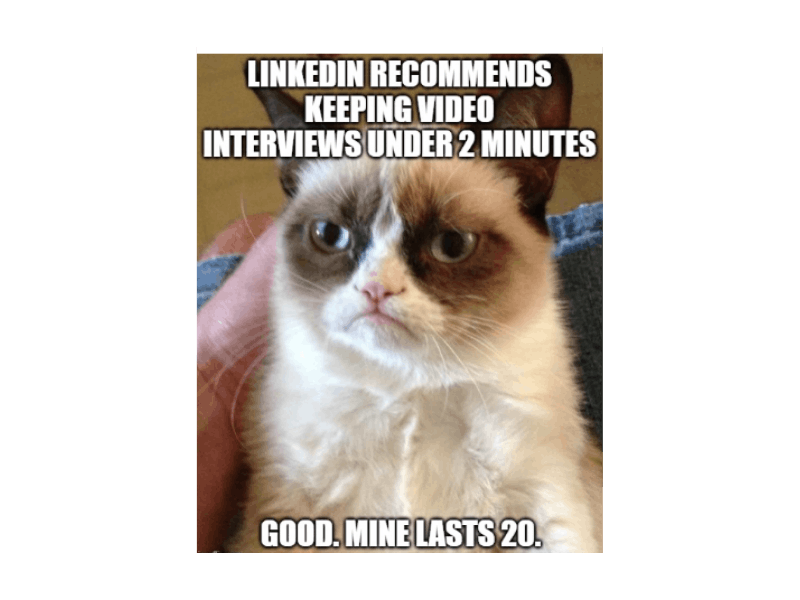
Choose the .mp4 format, and a quality higher than 1,440 x 1,080 px. The .mp4 format will allow you to set up your video correctly.
Video interviews on Snapchat
Snapchat is the Instagram of the under-20s. It’s the social network where teenagers (over 180 million every day) share mostly videos, especially video content, whether it’s advertising or challenges, as was the case during the first confinements in 2020. You’ve probably seen those videos of young people dancing on stairs, to the music of Maggie Lindemann’s “Pretty girl”.
Like Instagram, Snapchat works with stories, so you have to take into account that every ten seconds your video will be interrupted. It’s up to you to grab attention immediately with your interview, or to keep the suspense going by simply posting a photo of the interviewee first. You can even keep the identity of the interviewee until the end, for teasing purposes (especially if the interviewee is a celebrity, for example).
Remember to shoot in 9:16, which is a resolution of 1080 x 1920 px.
Video interviews on X (ex-Twitter)
Even if X (ex-Twitter) is not the social network of choice for video, it is becoming more and more popular to be seen in the middle of the mass of tweets, knowing that the longevity of the latter is extremely limited. Of course, remember to upload the video directly to the platform so that it is visible (do not upload the Youtube link, otherwise you will only have a video thumbnail in your news feed).
As when you publish your video interview on Facebook, you can use landscape or portrait format. Ideally, the latter is recommended for X (ex-Twitter).
Writer’s Note
While working on this guide, I realized that success on social media platforms often comes down to details that seem small but make a big difference. The choice between Reels, a Carousel, or a classic display is not only a design decision but also a way to let your message stand out in crowded feeds.
Each platform has its own logic, and not all formats are supported equally, which is why adapting your content is key. In fact, studies show that square videos generate 30–35% more views and 80–100% more engagement than landscape formats on Instagram and Facebook in in-feed posts, a simple but powerful reminder that the right design can drastically improve reach.
My goal here is to help you see beyond the technical side and ensure your brand communicates with clarity and creativity. A well-crafted social media format can elevate your image, reach the right audience, and highlight the authenticity of your interviews. Think of this guide as a toolbox: it gives you the supported formats, the design principles, and the practical advice you need to ensure your posts resonate everywhere they are shared.
Do you want to produce a video interview yourself for broadcast on social networks? You don’t need to hire an agency. Thanks to interview video software, you can create and publish your own interviews.
👉 Ask for a demo of the Pitchy online video editing software
Resources
Most popular resources
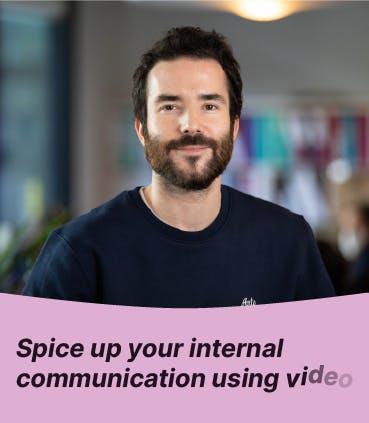
Learn how videos can help you reach new heights!
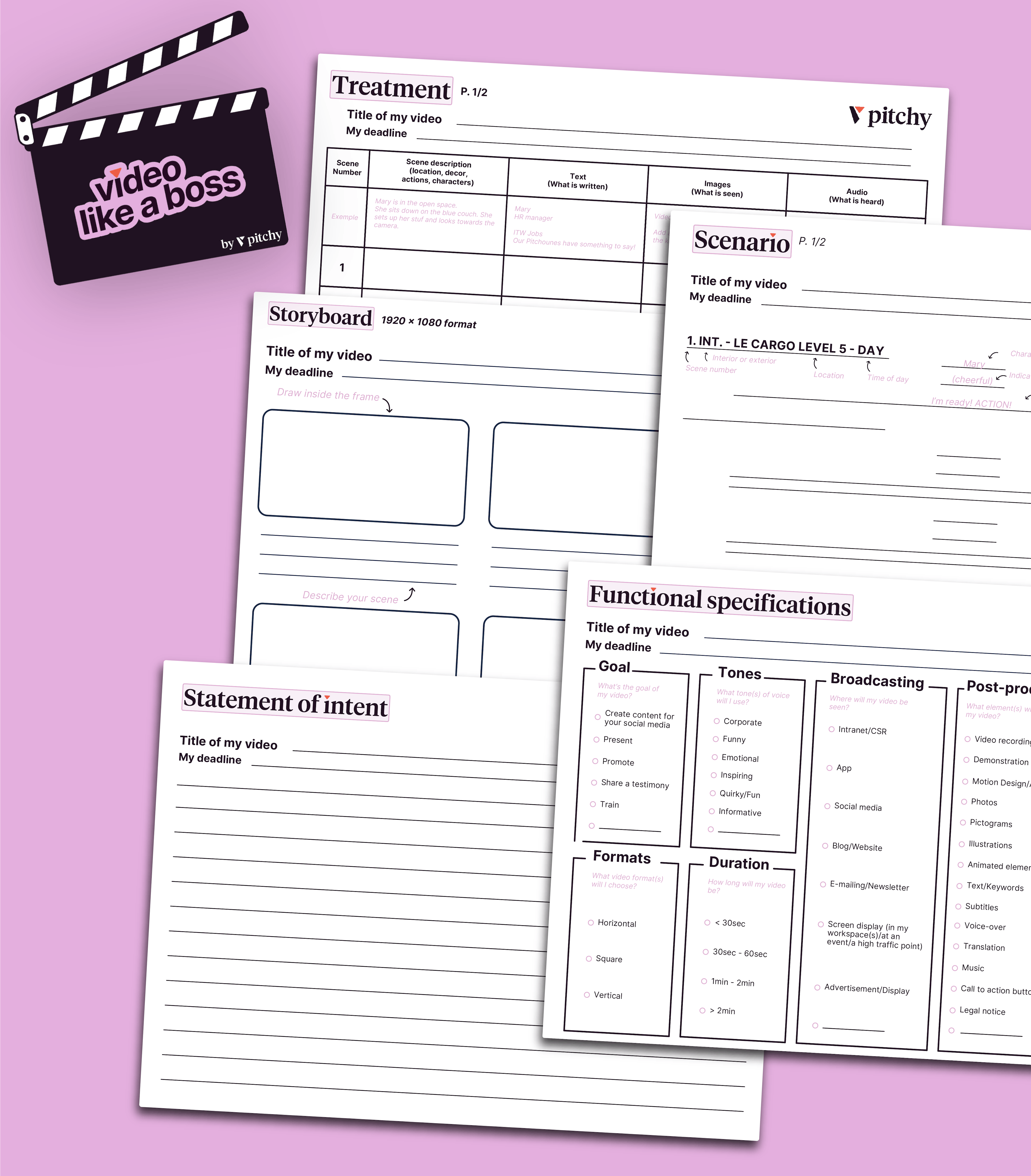
Get our all-in-one kit to kickstart your video projects effortlessly!
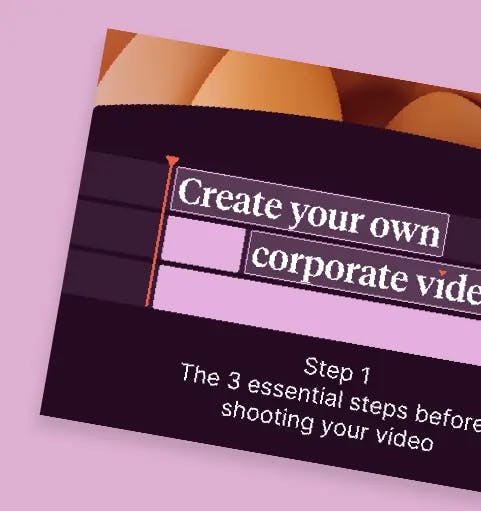
Master the initial phases of a video project!
